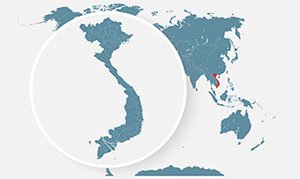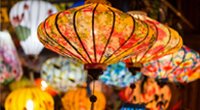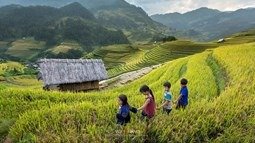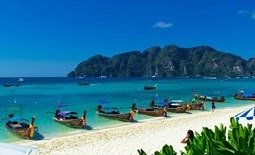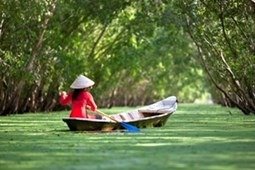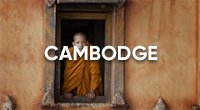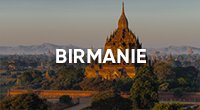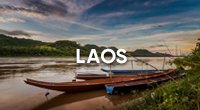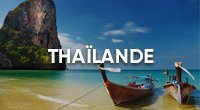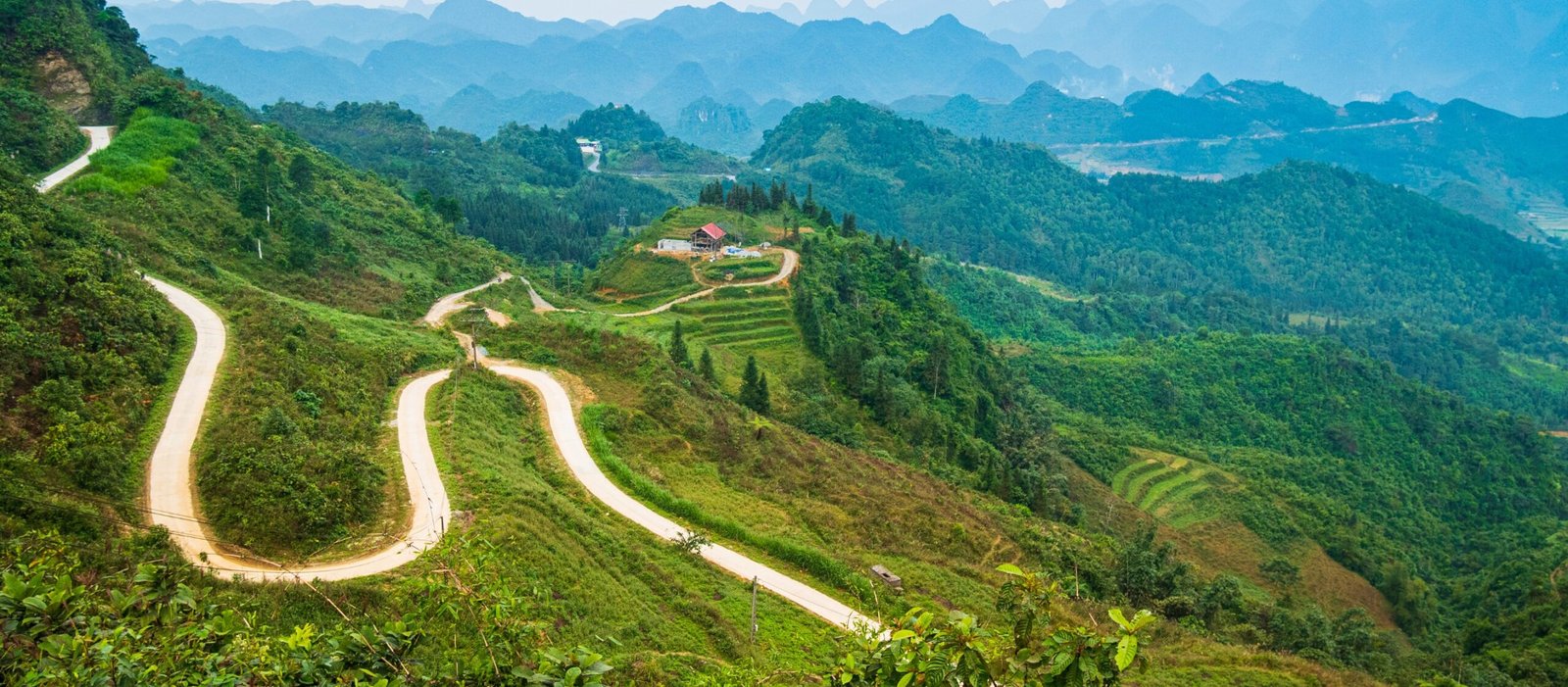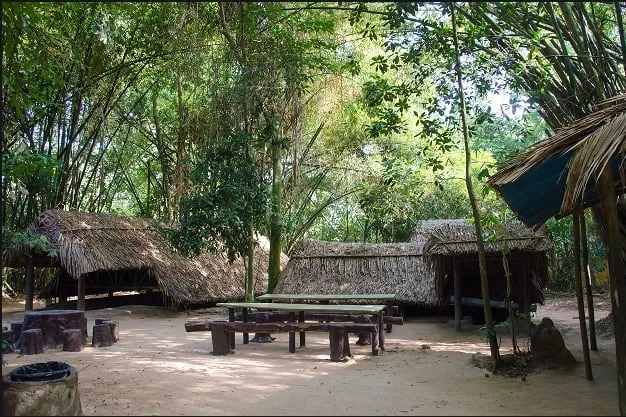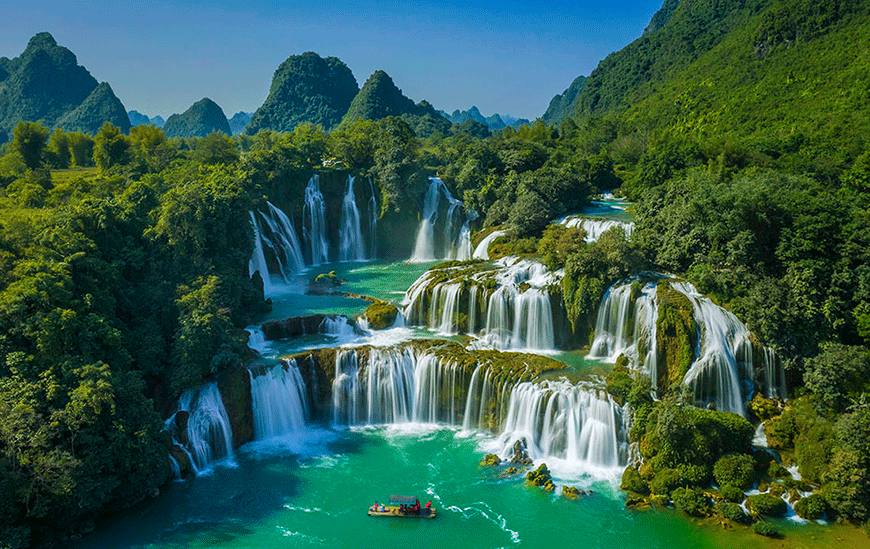Contents
ToggleWhat is the Hà Giang Loop?
The Hà Giang Loop is a legendary 384 km circuit that begins and ends in Hà Giang City, weaving through Quản Bạ, Yên Minh, Đồng Văn, and Mèo Vạc. The journey takes you across towering mountain passes, deep valleys, and jagged limestone peaks that define the wild beauty of northern Vietnam.
Highlights along the way include:
- Mã Pì Lèng Pass – one of Vietnam’s “Four Great Passes”, offering jaw-dropping views over the Nho Quế River.
- Cultural diversity – meet over 22 ethnic minority groups, such as the Hmong, Tày, and Dao, each with their own colorful clothing, traditions, and weekly markets.
- Untouched scenery – ride through karst plateaus, terraced rice fields, and remote villages far from mass tourism.
👉 More than just a motorbike trip, the Hà Giang Loop is a raw and authentic adventure into Vietnam’s rugged frontier.
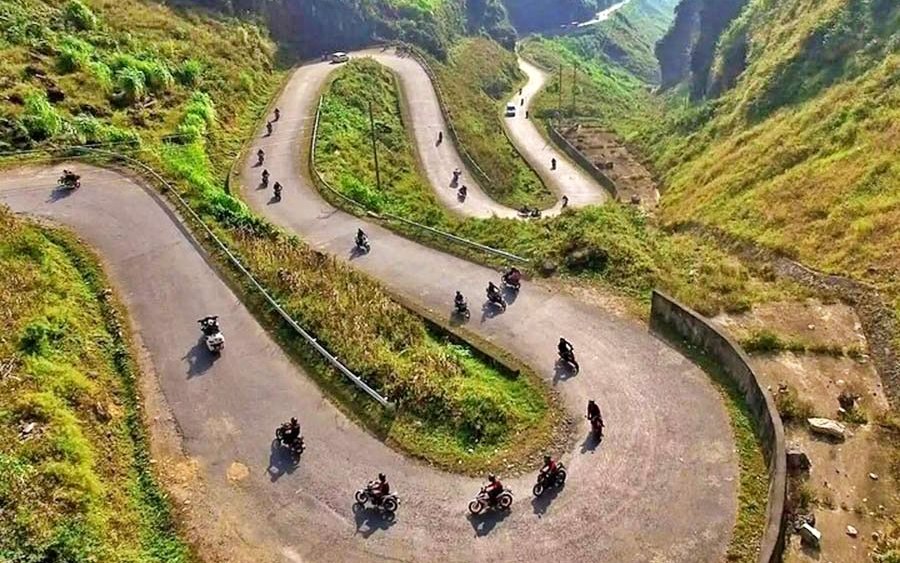
How Long Does It Take?
The Hà Giang Loop covers around 384 km of winding mountain roads, but the distance can be deceiving. The steep passes, sharp turns, and frequent photo stops mean you’ll be moving at a slower pace than usual road trips.
-
Minimum: 3 Days (Fast-Paced Adventure)
If you’re short on time, a 3-day ride will take you through the essentials: Quản Bạ, Yên Minh, Đồng Văn, and Mã Pì Lèng Pass before looping back via Mèo Vạc. You’ll see the highlights, but days will be long, and you won’t have much time to linger in villages or explore hidden spots. -
Ideal: 4–7 Days (Balanced & Relaxed)
This is the sweet spot for most travelers. With 5 days, for example, you’ll have time to enjoy both the iconic passes and lesser-known gems like Du Già Village, where you can swim in waterfalls and relax in cozy homestays. Adding an extra day or two allows for detours to remote ethnic markets, hikes in the karst plateaus, and deeper cultural encounters. -
Extended: 7+ Days (In-Depth Exploration)
Perfect for slow travelers, photographers, or those who want to combine the loop with trekking. With more than a week, you can explore side routes to villages like Hoàng Su Phì (famous for rice terraces) or spend extra nights in homestays to really connect with local families.
👉 Tip: The loop isn’t about rushing from point A to B. The magic lies in the journey itself—stopping for tea in small mountain villages, chatting with locals at colorful markets, and pulling over to admire views you won’t find anywhere else in Vietnam.
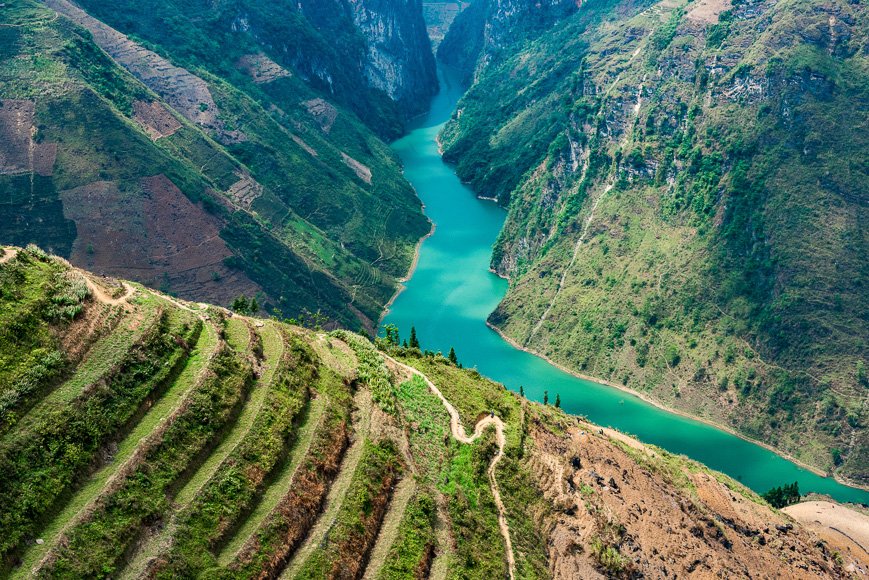
What’s the Best Time to Ride the Hà Giang Loop?
The Hà Giang Loop is open year-round, but the experience changes dramatically with the seasons.
-
March – May (Spring): The weather is mild, the skies are clear, and flowers bloom across the mountains. This is when peach and plum blossoms paint the valleys in pink and white—a photographer’s dream.
-
September – November (Autumn): Considered the best time to visit. The weather is cool, rice terraces are golden during harvest season, and mountain passes offer crystal-clear views.
-
December – February (Winter): Cold, misty, and sometimes even snowy in higher altitudes like Đồng Văn and Mèo Vạc. The landscapes look mystical, but you’ll need warm layers and good riding gear.
-
June – August (Summer): Expect hot days and occasional heavy rains. Roads can be slippery after storms, but the countryside is lush and green, with waterfalls at their fullest. Fewer tourists visit during this time, making it more peaceful.
👉 Pro tip: Always check the forecast before setting out. Heavy rains can cause landslides and make mountain passes dangerous.
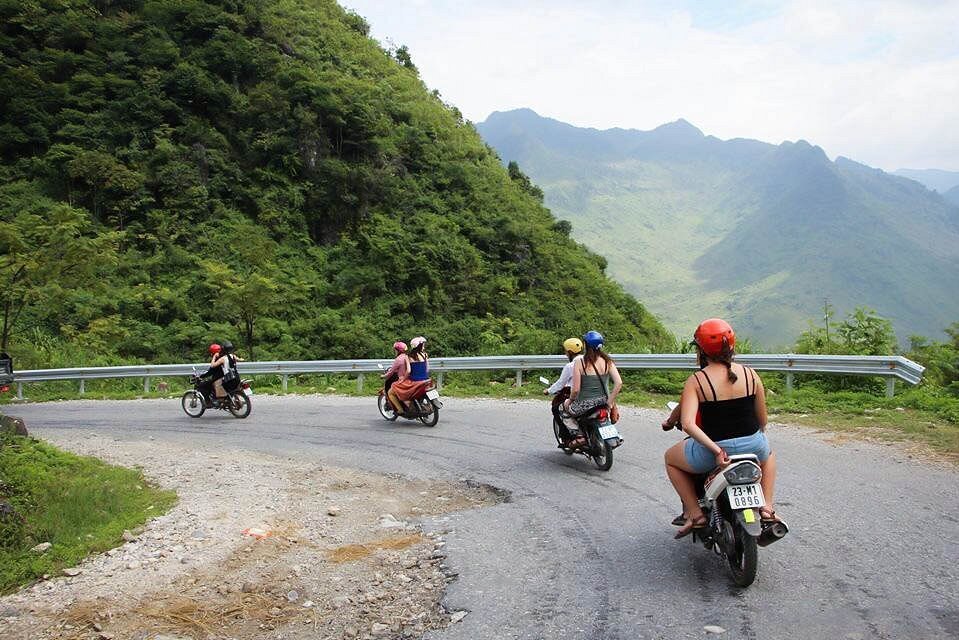
How to Get to Hà Giang?
Hà Giang City, the starting point of the loop, is about 300 km north of Hanoi. The journey from Hanoi is straightforward, with plenty of transport options:
-
Sleeper Bus (~$20, 5–6 hours): The most budget-friendly choice. Buses usually depart from Mỹ Đình Bus Station or Hanoi’s Old Quarter in the evening, letting you arrive in Hà Giang early in the morning, ready to ride.
-
VIP Van or Luxury Sleeper ($25–30, 5–6 hours): A step up in comfort. These modern vans or luxury buses feature private cabins, air conditioning, reclining seats, and sometimes Wi-Fi. Perfect if you want a more relaxing journey.
-
Private Car or Tour Transfer: More expensive but convenient for groups or those with limited time.
Once you arrive in Hà Giang City, here are your next steps:
-
Rent a Motorbike: The most popular choice for adventurous travelers. A manual bike (e.g., Honda XR 150 or CRF 150) is recommended for the steep passes and sharp turns. Scooters are not ideal for safety reasons.
-
Hire an Easy Rider (local driver/guide): A fantastic option if you don’t have a valid license or don’t feel comfortable riding. Your guide takes care of the driving while you enjoy the views, learn local stories, and stop at hidden gems along the way.
-
Self-Drive Car Rental: Less common but possible if you’re traveling with family. Roads can be narrow, so this option requires experience and confidence.
👉 Most travelers choose either self-riding a manual motorbike or going with an easy rider—both give you the freedom to fully enjoy one of the most scenic journeys in Vietnam.
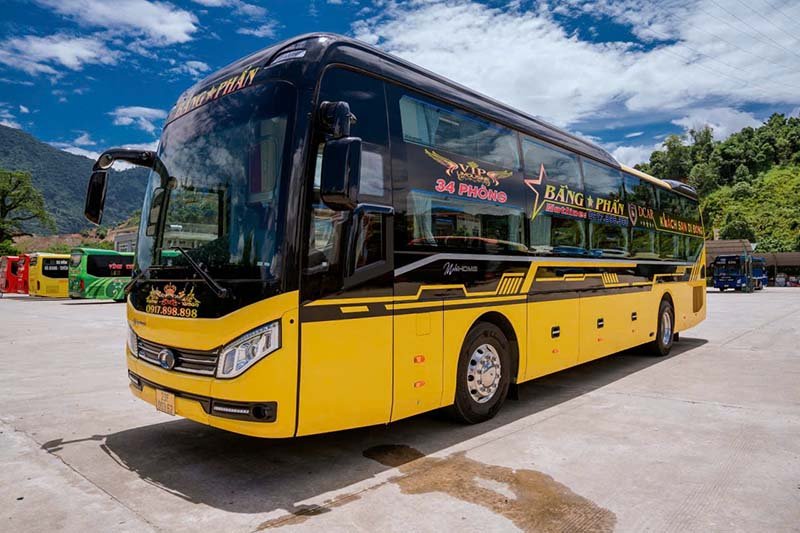
Can I Legally Ride a Motorbike in Hà Giang?
This is one of the most common concerns for travelers.
- If your country is part of the 1968 Vienna Convention on Road Traffic, you can ride legally with your national motorbike license plus an International Driving Permit (IDP).
- If not (for example, travelers from the USA, Brazil, Japan, or South Korea), your IDP is not valid in Vietnam. But don’t worry—you can always hire an easy rider, which is both safe and hassle-free.
👉 Recommended bikes for the loop:
- Honda XR 150 / CRF 150: Sturdy, reliable, and powerful enough for mountain passes.
- Honda Winner X 150: A semi-automatic with good performance for long rides.
- Scooters are not advised—steep climbs and rough roads can be challenging.
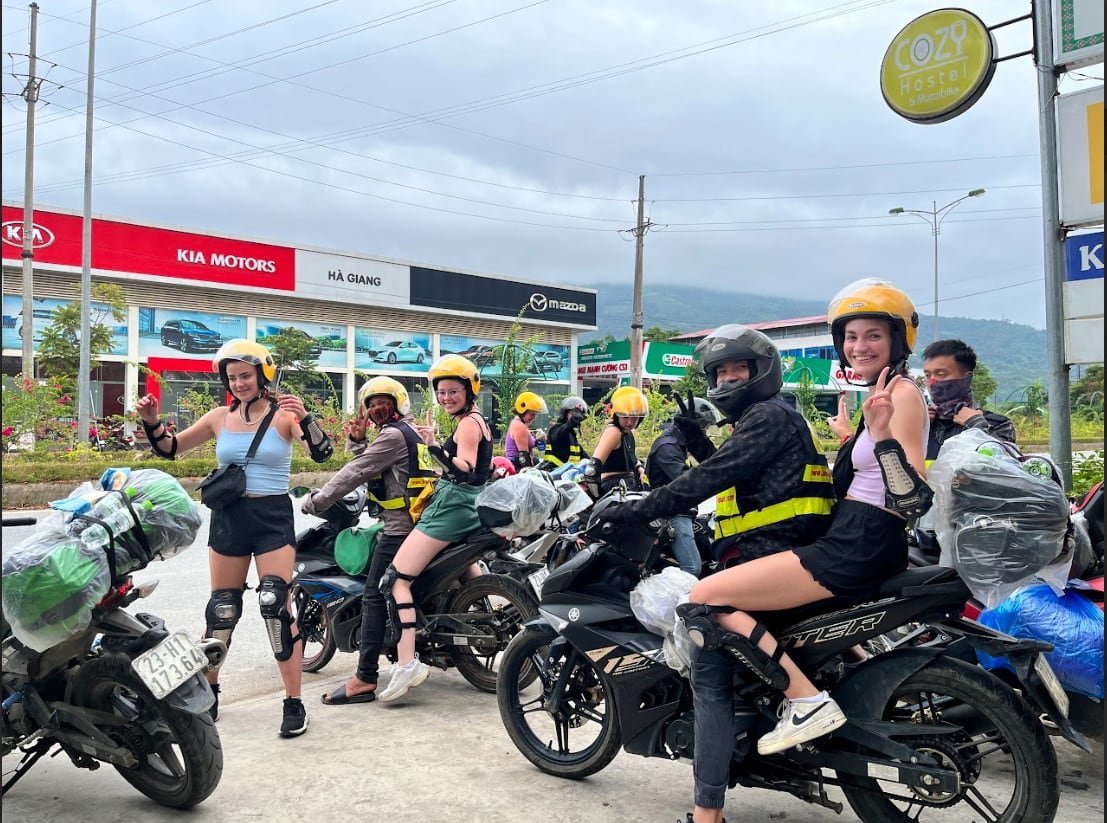
What Are the Must-See Stops?
The Hà Giang Loop is full of jaw-dropping landscapes and cultural treasures. Some highlights you shouldn’t miss include:
- Mã Pì Lèng Pass & Tu Sản Canyon: Known as the “King of Vietnamese Passes,” this section offers breathtaking views over the emerald
- Nho Quế River. A boat ride down the canyon is unforgettable.
- Lũng Cú Flag Tower: Climb to Vietnam’s northernmost point and enjoy sweeping panoramas across the Chinese border.
- Đồng Văn Old Quarter: A charming area with ancient houses, cozy cafés, and the lively Sunday market, where ethnic groups gather to trade goods and socialize.
- Du Già Village: Famous for its waterfalls, rice terraces, and friendly homestays. Many travelers find it the highlight of their trip.
- Ethnic Markets: Don’t miss Đồng Văn Sunday Market or smaller weekly ones in local villages. These markets are vibrant with traditional clothing, food, and music—a true cultural immersion.
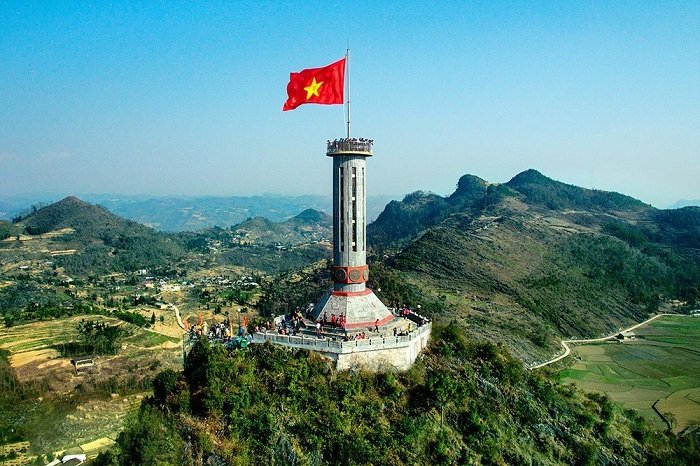
Where to Stay on the Loop?
Accommodation on the loop ranges from budget hostels to authentic ethnic homestays. Here are some favorites:
- NoMadders Hostel (Hà Giang): A popular backpacker base with a pool, great vibes, and mountain views.
- Ly Danh Homestay (Nam Dam): Cozy rooms near waterfalls, with a warm family atmosphere.
- Bong Bang Homestay (Yên Minh): A peaceful stop in a quiet village, known for hearty home-cooked meals.
- Pả Vi H’Mong Community Village (Mèo Vạc): Stay in traditional Hmong houses and experience cultural immersion in one of the most stunning valleys.
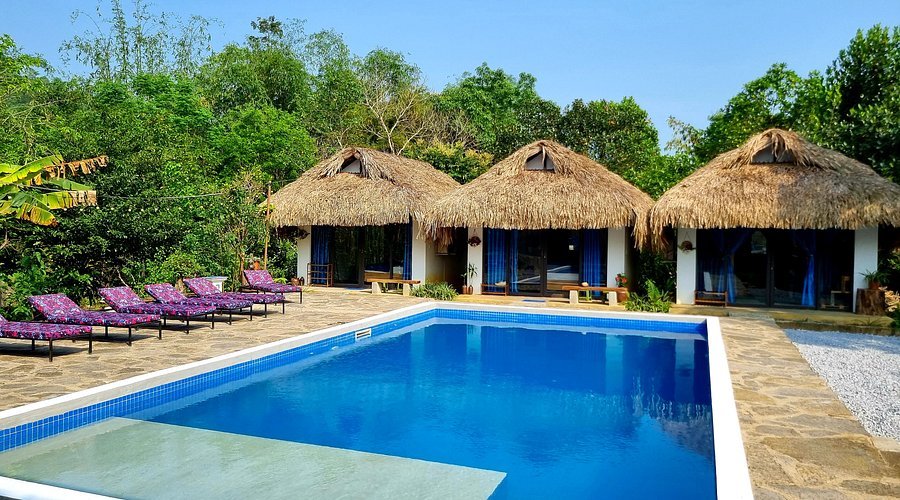
What to Eat in Hà Giang?
Food in Hà Giang is rustic, hearty, and deeply tied to ethnic traditions. Some must-tries include:
- Thắng Cố: A traditional Hmong stew made with horse meat and herbs, often enjoyed with strong corn wine.
- Mèn Mén: Steamed corn flour, a staple food in mountain villages.
- Five-Colored Sticky Rice: A beautiful dish made with natural plant dyes, symbolizing prosperity and harmony.
- Phở Tráng Kim (Quản Bạ): A regional take on Vietnam’s famous noodle soup, made with handmade noodles and mountain chicken.
Meals are cheap, filling, and authentic—usually costing just a few dollars. Best of all, you’ll be eating side by side with locals, not in touristy restaurants.
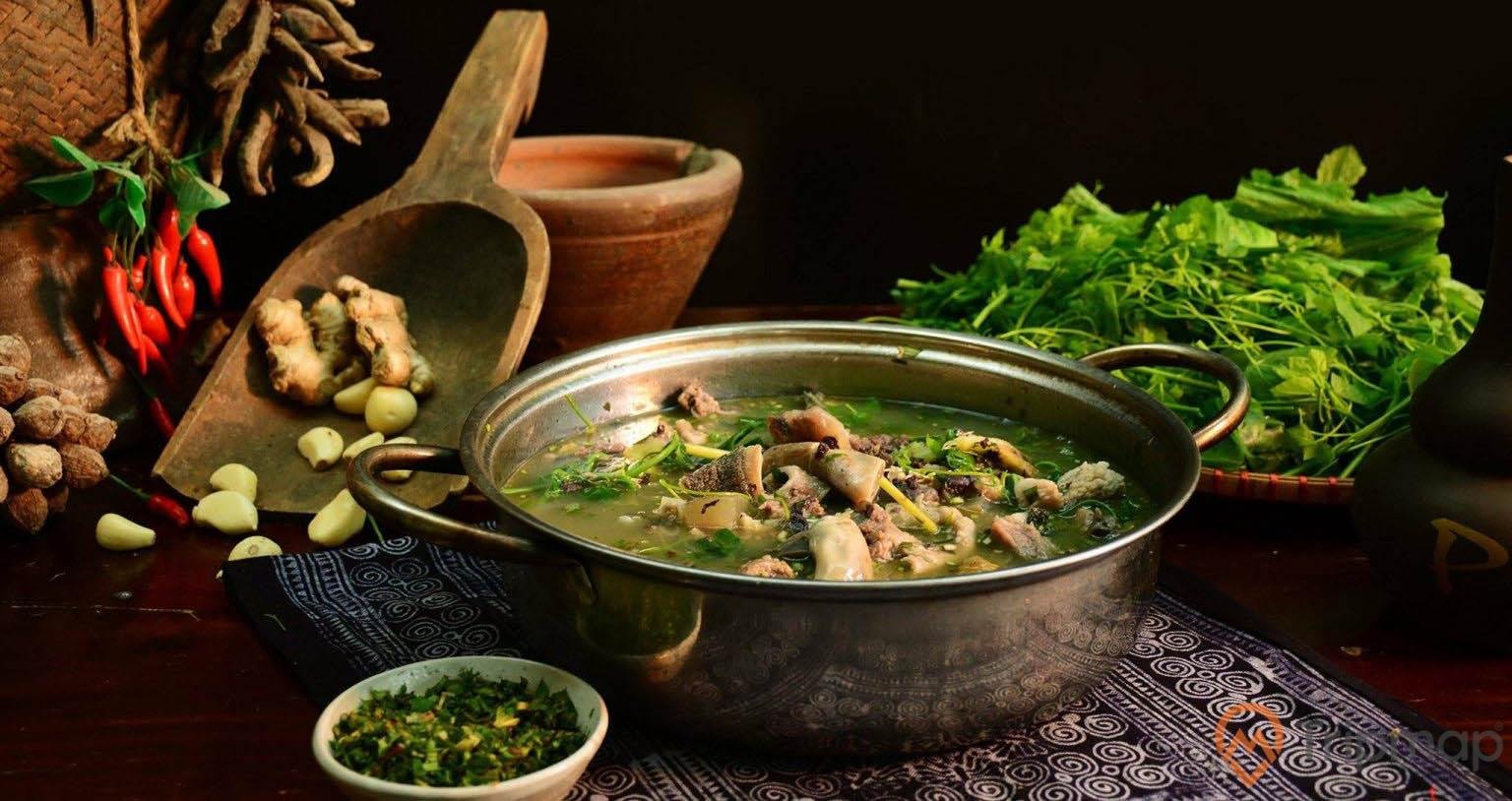
Practical Travel Tips for the Hà Giang Loop
- Fuel: Gas stations are limited in remote areas—top up whenever you see one.
- Gear: Bring a quality helmet, gloves, raincoat, knee pads, and warm layers (mountain weather changes fast).
- Group Size: Smaller groups = more flexibility on the road.
- Essentials: Carry cash (ATMs are rare), a power bank, sturdy shoes, and of course, your camera—you’ll want it!
Final Thoughts
The Ha Giang Loop is more than just a motorbike trip. It’s a journey through Vietnam’s most breathtaking mountains, timeless traditions, and warm-hearted locals. Whether you’re chasing adventure, culture, or photography, the loop will leave you with stories to tell long after the ride ends.

